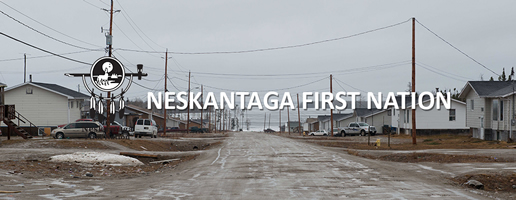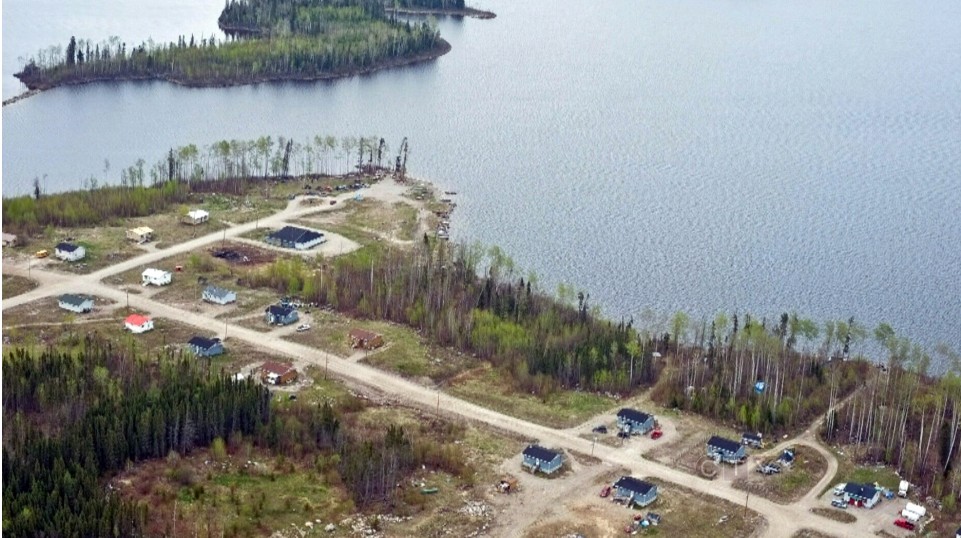Social Change
Application of Theories
MINDS ON
“
Change the way you look at things and the things you look at change.
~ Wayne W. Dyer
ACTION
Factors Affecting Social Change
In order for social change to occur, there needs to be a force – or catalyst - pushing the change forward. Without impetus (definition:Momentum or propulsion - a driving force.), nothing would alter. Sometimes the force is obvious to an observer; at other times, it is either hard to identify or disguised behind another factor.
There are also barriers to change - reasons for which change does not occur. Again, these might be obvious or might require some investigation. In order to be overcome, barriers to social change need to be addressed.
History has demonstrated that, over time, change does indeed occur in almost all areas. However, immediate or drastic change is often resisted by many people.

Interestingly, what might be a force for change in one situation, may act as a barrier to change in another. The chart below provides either an example of a force for change or a barrier against change for each factor affecting change. Try to identify an example to fill the complementary box.
ForceBarrier
It is quite possible that if you look around, you will see some of these factors in action - both as forces for change and as barriers to change.
While the word ‘barriers' may seem to have a negative connotation, are all of the barriers that prevent change negative? Are there occasions in which change should not occur and barriers should outweigh its forces?
Because Social Science deals with people – their lives, their opinions, perceptions, interactions with others, and roles in groups – the information researchers gather often presents itself in the form of a story. In many situations, that story is best told in the form of a case study.
Case Studies in Social Science
While quantitative data(definition:Any data gathered that has numerical values or statistics.) is undeniably valuable in research, we have to remember that qualitative data(definition:Any data that is descriptive in nature rather than numerical.) plays an important role, as well.
Case studies, while typically qualitative in nature, do have the ability to bridge this gap by including statistical information. Some researchers and social science students struggle with case studies - and qualitative data in general - because the interpretation of this information can be subjective.

For example, consider a student in a Math class who has made great improvements over the duration of the course. You could look at her scores on her completed Math tests and simply analyse the data to find a pattern or trend (quantitative); or, you could ask how she feels about mastering the material covered in the same Math unit and what she changed to improve her results (qualitative).
Both of these would yield results. However, the best option might be to create a case study about the student of interest by asking her questions regarding her improvement, looking at her past work, and using her marks to inform your conclusions as well.
Although we covered different types of Social Science research in U1A2, including case studies, the image below contains additional information about case studies.
Case studies:

For our purposes, the case study format will be used to look at a specific social event related to change, and the forces or barriers that influenced that change.
Take a few moments to read the case study below. While you are reading, consider the following questions:
- What makes the Neskantaga crisis an issue for all Canadians?
- What factors would need to be considered in Neskantaga in order for change to be realistically addressed?
- Can anything be learned from this case that be can be applied to other situations?
- What would change if this information were presented in a strictly quantitative (keeping only the statistics) or strictly qualitative (removing all statistics) manner?
The Neskantaga Water Crisis
Introduction
Many people assume that in Canada, a developed country, all citizens have access to clean drinking water. This is not the case. In fact, many isolated communities in Canada have had experiences with undrinkable water. Because of their geographic location, a good proportion of them are First Nations communities, including Neskantaga. Water concerns can involve Boil Water, Do Not Consume, or Do Not Use advisories. These can occur as a result of poor water treatment, equipment failures, or flooding (Health Canada, 2015). The CBC reports that between 2004 and 2014, 400 out of the 618 First Nations in Canada had some type of drinking water problem. While the advisories in some communities last only a few days, some are much more substantial and can last up to 20 years - as in the case of Neskantaga First Nation. (CBC, 2015, Oct 14).
Neskantaga First Nation Water Crisis

Neskantaga is located in the James Bay Lowlands and is a fly-in community, meaning that it is not accessible by roads. The more than 300 residents have been living with the boil water advisory that has been in effect since 1995. The government built a new water treatment plant in the community in 1993, and as early as 1994, problems became evident (CBC, 2015, Oct 5). The residents not only have to boil the water before it is considered safe for consumption, but also have medical complications because of using this water for hygiene purposes – this includes sores on their skin. People have taken to cleaning young children with hygienic wipes rather than bathing them because this would risk irritation. Because of the limited medical care in the community, these problems are compounded (CBC, 2015, Oct 14).
The Chief of Neskantaga has stated that the federal government has spent $1 million on bottled water for the community, and the proposed replacement plant would cost approximately $8 million. He also stated that the community is nineteenth in line for attention from the government for water plant upgrades. This is after 19 years of having these problems (CBC, 2015, Oct 5).
Change
Recently, the Liberal government - specifically, the Indigenous Affairs Minister Carolyn Bennett - has indicated in writing that it will fund the new plant. The government has also promised to provide the money needed to repair the existing plant temporarily (CBC, 2015, Dec 29).

More information on the water situation in First Nations communities is available on the Health Canada website.
References:
- CBC News. (2015, October 14th). Bad Water: ‘Third World' conditions on First Nations in Canada. Retrieved from http://www.cbc.ca/news/canada/manitoba/bad-water-third-world-conditions-on-first-nations-in-canada-1.3269500
- CBC News. (2015, October 5th). Neskantaga Frist Nation demands action on 20-year boil-water advisory. Retrieved from http://www.cbc.ca/news/aboriginal/neskantaga-first-nation-demands-action-on-20-year-boil-water-advisory-1.3256929
- CBC News. (2015, December 29th). Liberals to fund water plant for Neskantaga First Nation in 2016. Retrieved from http://www.cbc.ca/news/canada/thunder-bay/liberals-to-fund-water-plant-for-neskantaga-first-nation-in-2016-1.3383072
- Matawa First Nations Community Cultural Portal. (2015). Nestantaga First Nation. Retrieved from http://community.matawa.on.ca/
Consider social change in the case study article. The people who live in the community of Neskantaga have tried for years to evoke change. They have written open letters to the federal government seeking support, and have appealed to news agencies to help spread their story, all in the pursuit of change. As the last paragraph suggests, they may have finally made some headway.
 Practice
Practice
Using the reference link list as a prompt, conduct additional research into the Neskantaga water crisis and answer the following questions:
- What factors acted as forces for change and the barriers to change?
- How do we benefit from a better understanding of these forces?
- What theory of change can be applied to this Neskantaga water crisis?
For more examples of Social Sciences Case Studies, read the following:
For this activity, your task is to write a case study about any social change you choose - local or global. As you will be asked to address the forces for change and barriers to change in the analysis of your work, you may wish to review the list above to provide you with some ideas.
Your case study should include the elements in the image below, and should be a formal piece of writing, which is referenced and cited in APA format.

CONSOLIDATION
While case studies are undeniably valuable research tools for social scientists, they are also an excellent entry point for the general public into the social sciences. Case studies present a clear and simplified version of a situation. They draw people's attention and make them curious to learn more. Investigating the forces for and the barriers to change, can certainly better our understanding of an issue. Now that you have a better understanding of case studies, look for examples of them in the media to see if they meet the criteria presented in this activity.


